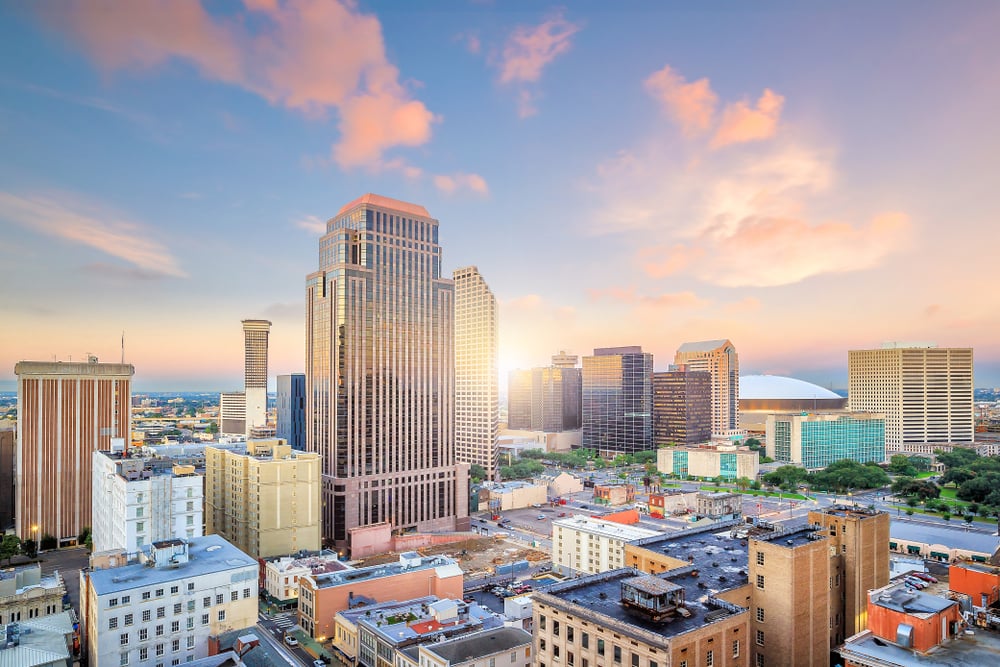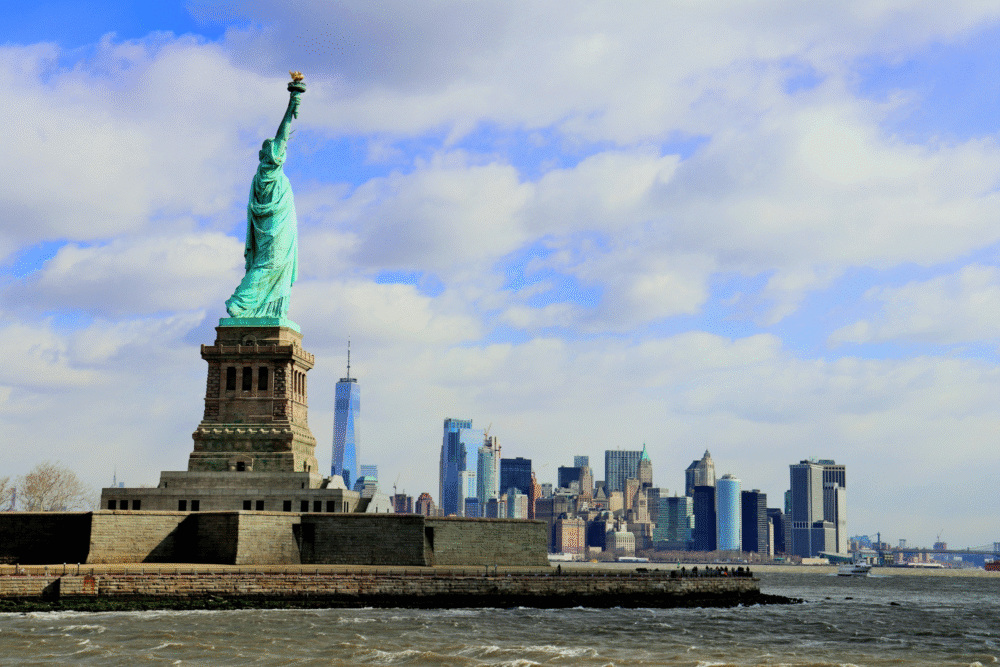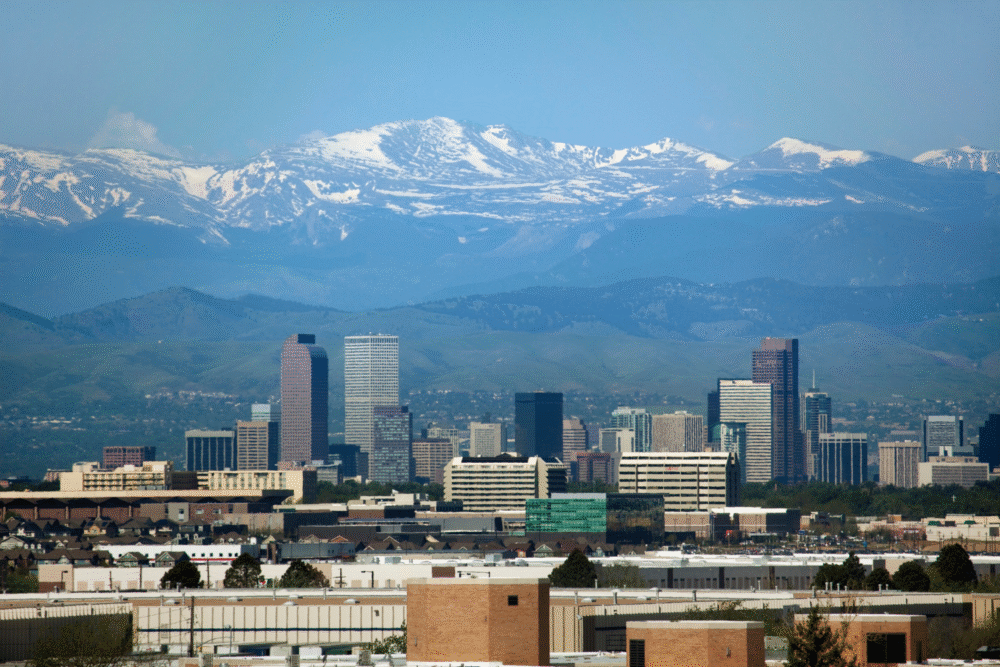The economic cracks are starting to show.

It’s easy to get caught up in the national headlines about inflation and job numbers, which can often paint a picture of a resilient economy. But economics isn’t a monolith; it’s a mosaic of thousands of local stories. When you zoom in on specific metropolitan areas, a very different and more concerning picture can begin to emerge, one where the foundations are weaker than they appear.
In certain major hubs across the country, a combination of tech-sector turmoil, a cooling housing market, and shifting population trends are creating silent but significant downturns. These cities are the canaries in the coal mine, signaling a potential economic winter that could be more widespread than many realize.
1. Austin, Texas is losing its tech shine

Not long ago, Austin was the undisputed boomtown, the place where tech companies and ambitious professionals flocked for opportunity without the Silicon Valley price tag. That explosive growth, however, created an economy heavily reliant on the tech sector. Now, with widespread layoffs and hiring freezes across the industry, the city is feeling the pinch. The once-unstoppable real estate market is seeing prices fall and inventory sit for longer as the high-paying jobs that fueled the frenzy become less secure.
This over-reliance on a single industry has made Austin particularly vulnerable. The slowdown is rippling through the local economy, from service jobs at restaurants that once catered to tech lunches to the construction sector that was building new offices and condos at a breakneck pace. The city’s rapid ascent is now being met with an equally rapid correction that looks and feels a lot like the beginning of a local recession.
2. San Francisco, California faces an urban exodus

The story of San Francisco’s struggles has become well-known, but the economic reality is starker than the headlines suggest. The shift to remote work has hollowed out its downtown core, leaving office buildings empty and shuttering the small businesses that depended on daily foot traffic from commuters. This has created a devastating feedback loop: fewer people downtown means less tax revenue, which leads to cuts in city services, making the city less attractive.
This isn’t just about empty offices; it’s a fundamental crisis of purpose for a city built on a dense, centralized business district. The housing market remains prohibitively expensive for many, yet commercial real estate values have plummeted. Until San Francisco can find a new model for its urban core and bring people back, it will continue to shed jobs and residents, treading water in a deep recessionary current.
3. Phoenix, Arizona is feeling the housing heat

Phoenix rode a massive wave of pandemic-era migration, with people drawn by the sun and relatively affordable housing. This influx sent home prices into the stratosphere, but the boom was built on shaky ground. With mortgage rates now dramatically higher, the housing market that powered so much of the city’s recent growth has hit a wall. Both sales and construction have slowed dramatically, leaving the region’s economy exposed.
The ripple effects are significant, as construction and real estate are major employers in the Phoenix metro area. When homes aren’t being built or sold, everyone from construction workers and real estate agents to mortgage brokers and furniture stores feels the impact. The city is now grappling with an affordability crisis and a cooling market, a difficult combination that is stalling its economic engine.
4. Seattle, Washington is grappling with tech cutbacks

Much like Austin, Seattle’s economy is deeply intertwined with the fortunes of a few tech giants, namely Amazon and Microsoft. As these behemoths have announced significant layoffs and scaled back their growth plans, the shockwaves have been felt across the Puget Sound region. These high-paying jobs supported a vast ecosystem of other businesses, and their disappearance has had a chilling effect on consumer spending and local investment.
The city is also contending with a stubbornly high cost of living that was once justified by plentiful tech salaries. Now, as those opportunities contract, many residents are finding it difficult to make ends meet. The vibrant downtown, once bustling with tech workers, is quieter now, and the city is searching for a path forward that diversifies its economy beyond the big names that have defined it for so long.
5. Boise, Idaho is a victim of its own success

Boise became a poster child for the pandemic migration boom, attracting remote workers and those fleeing more expensive coastal cities. This sudden popularity caused home prices to skyrocket, pricing out many long-term residents and creating an affordability crisis. Now that the migration frenzy has cooled and some companies are calling workers back to the office, Boise’s economy is experiencing a sharp hangover.
The rapid growth wasn’t matched by wage growth in local industries, creating an economic imbalance. The housing market is now correcting sharply, and the construction boom has slowed, impacting a key sector of its economy. The city that was once celebrated for its growth is now facing the difficult challenge of building a sustainable local economy that isn’t just dependent on being a trendy relocation destination.
6. Las Vegas, Nevada is betting on a slow recovery

Las Vegas is uniquely sensitive to downturns in discretionary spending, as its economy is overwhelmingly dependent on tourism, gaming, and conventions. While travel has rebounded since the pandemic lows, there are signs that consumers are beginning to pull back. Visitor numbers and convention attendance have been softer than projected, and any dip in tourism spending is felt immediately across the entire city.
Furthermore, the city is facing increasing competition as more states legalize sports betting and casino gambling, chipping away at its unique appeal. Las Vegas is also grappling with significant water resource challenges that could limit future growth. The city’s reliance on people’s willingness to spend on entertainment makes it exceptionally vulnerable to a recessionary climate where households are tightening their budgets.
7. New York, New York struggles with a commercial real estate crisis

While New York City is a global financial hub with a diverse economy, it is facing a monumental crisis in its commercial real estate sector. The persistence of hybrid work models has left a staggering amount of office space vacant, particularly in older buildings. This has created a “doom loop” scenario where falling property values erode the city’s tax base, forcing budget cuts that can diminish the quality of life and push more businesses and residents to leave.
This isn’t just a problem for landlords; it affects the entire urban ecosystem. Fewer office workers mean less support for the restaurants, shops, and services that make up the fabric of Manhattan’s business districts. The city’s financial health is directly tied to the value of its real estate, and this slow-moving crisis is a significant drag on its overall economic vitality.
8. Denver, Colorado is hitting a high-altitude plateau

Denver has enjoyed years of strong growth, fueled by its appeal to young professionals and a diverse mix of industries including tech, aerospace, and energy. However, that growth has also led to soaring housing costs and increased traffic, diminishing some of the quality-of-life advantages that once drew people to the Mile High City. Now, like other tech-adjacent cities, it’s feeling the effects of industry-wide cutbacks.
The city’s job growth has slowed, and the real estate market has cooled significantly from its frenetic pace. Denver is now in a transitional period, moving from a rapid-growth phase to a more mature and slower-growing economy. This adjustment period is creating economic uncertainty and stalling the momentum that defined the city for the past decade.
9. New Orleans, Louisiana is hampered by tourism and climate risks

New Orleans’ economy is heavily reliant on the hospitality and tourism industries, which makes it particularly vulnerable to economic downturns when travel budgets are the first to be cut. While the city’s cultural appeal is timeless, it hasn’t been enough to fully recover its economic footing to pre-pandemic levels. The city continues to struggle with attracting and retaining a diverse range of industries outside of tourism.
Exacerbating these economic challenges are the ever-present and growing risks associated with climate change. The increasing frequency and intensity of storms, along with rising insurance costs, act as a major deterrent to long-term investment and population growth. This combination of economic dependency and environmental risk puts New Orleans in a precarious position, constantly treading water against powerful currents.
